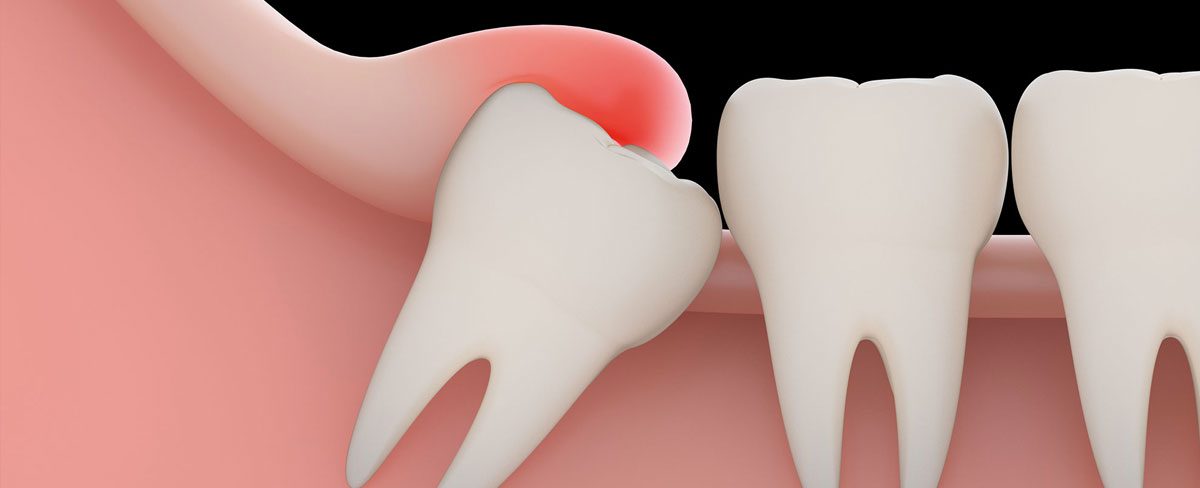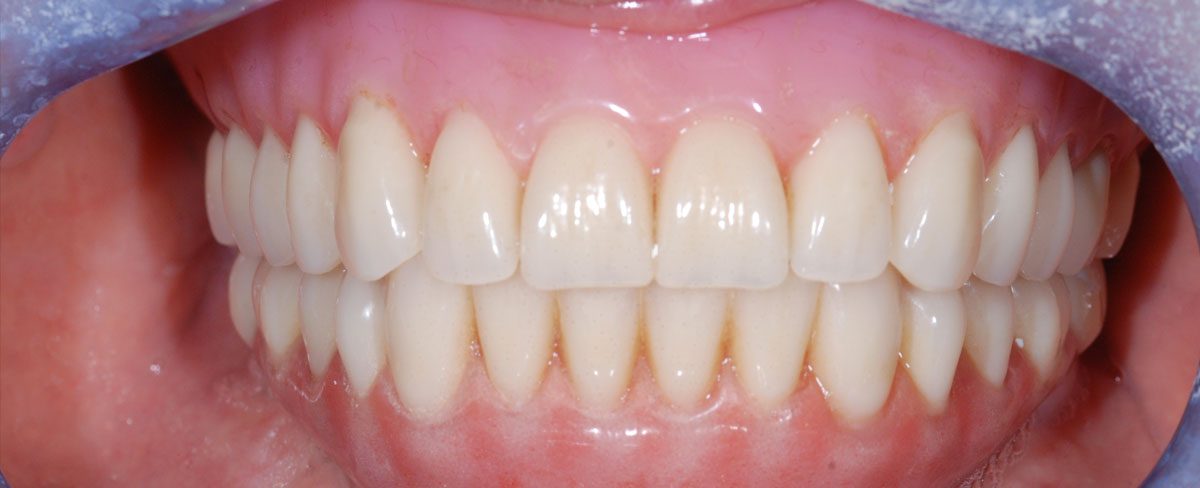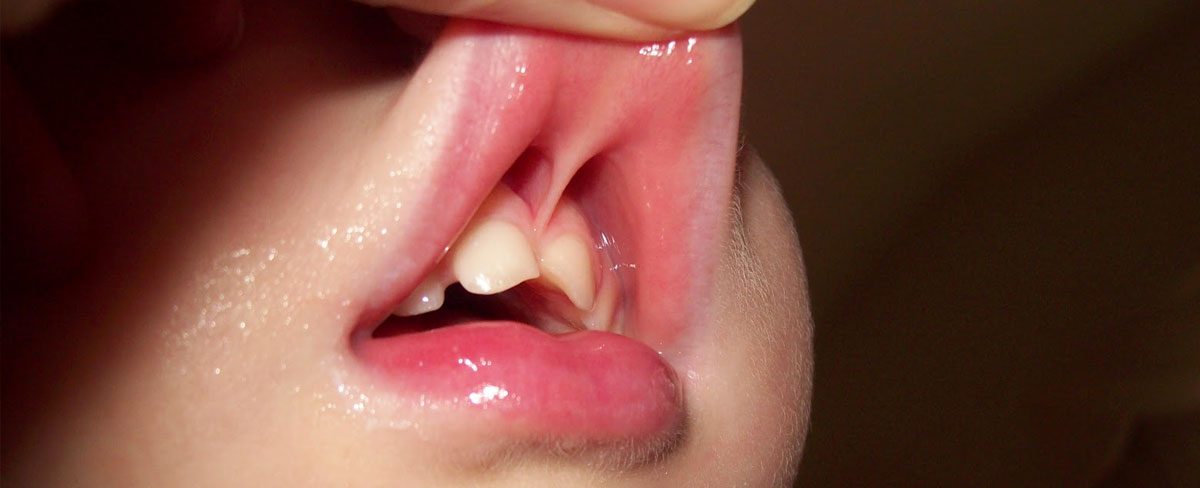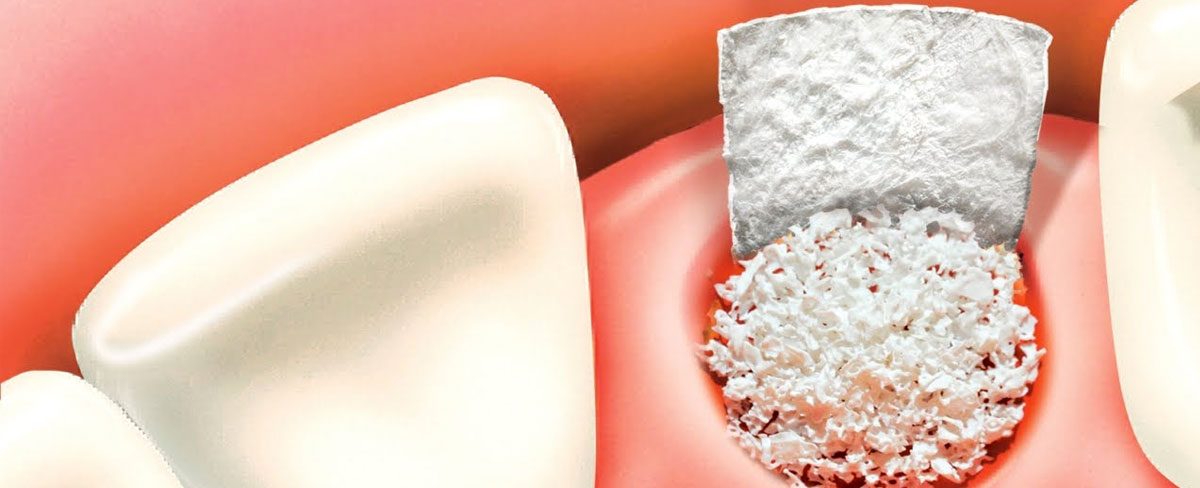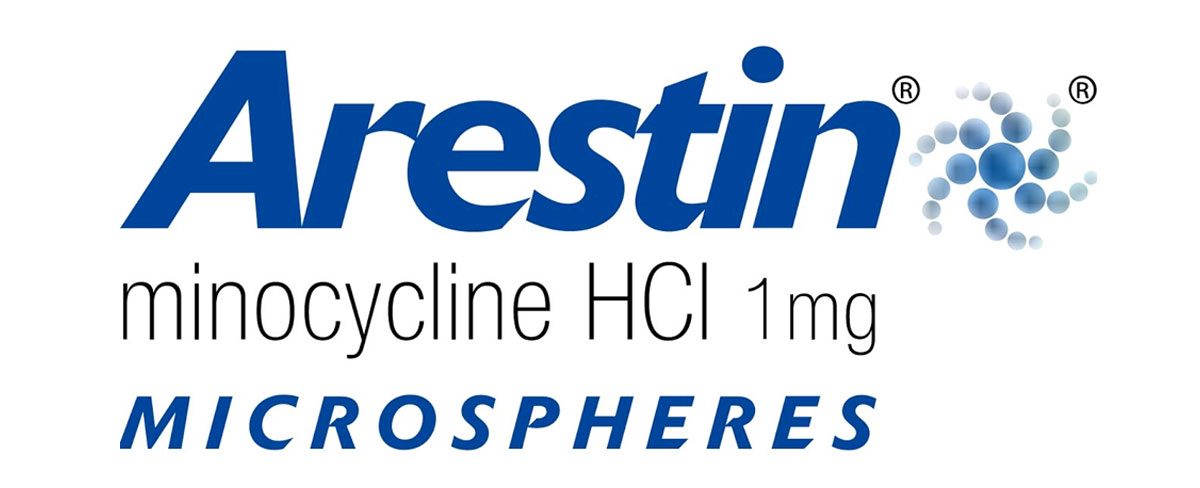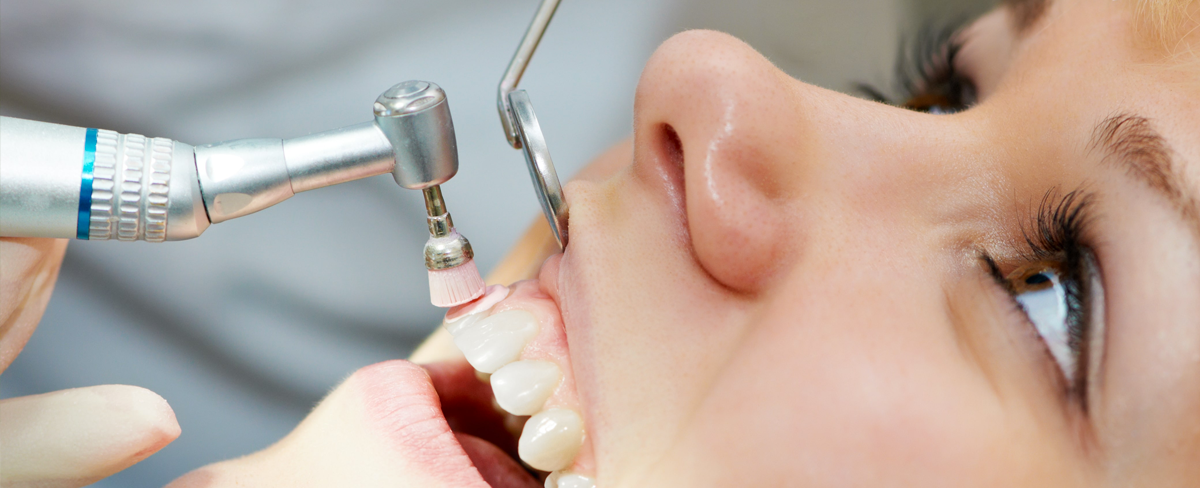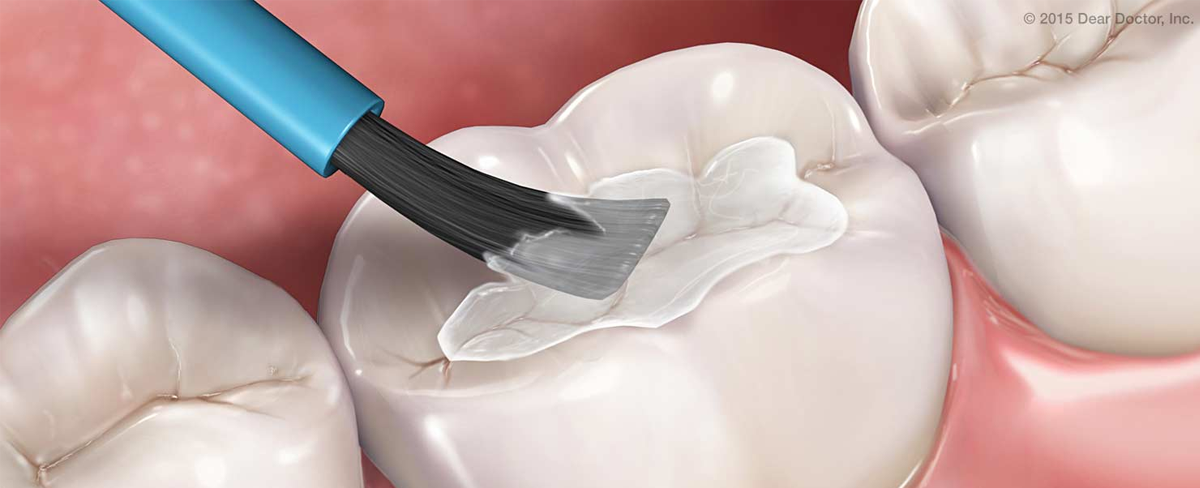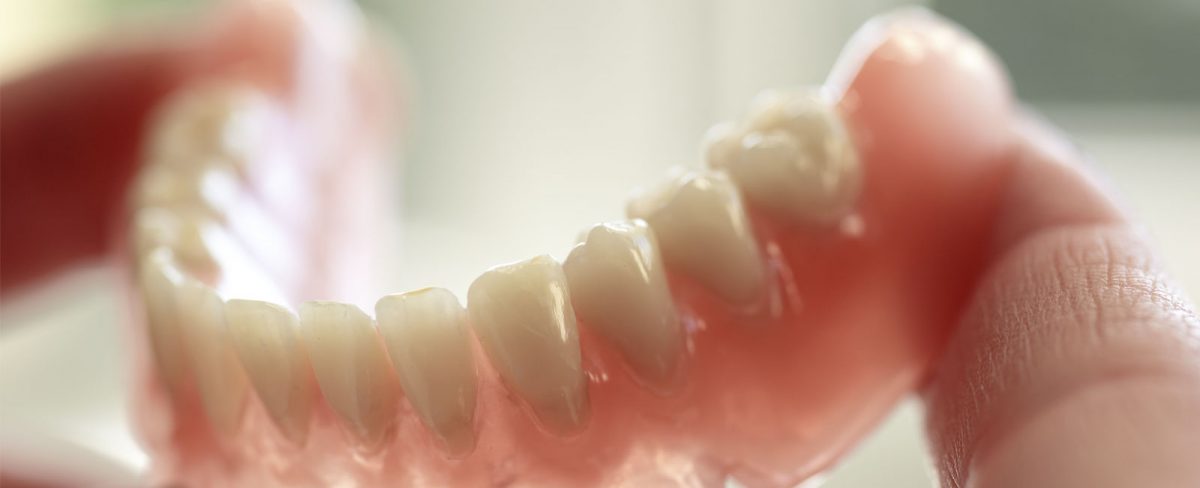Alveoplasty is the process of surgically re-contouring and modifying the jawbone ridge, usually after tooth extraction, to enhance the healing process and prepare the jawbone for subsequent dental restoration procedures such as the placement of dentures.
In some cases, tooth extraction leaves the jawbone surface uneven with high and low points in the socket where the tooth used to be. This poses a problem as the denture is likely to rub against the high points of the socket, making it unstable. Alveoplasty is performed in such cases to smooth out the jawbone to achieve correct alignment, which will make it easier for the dentist to fit dentures as well as help patients by enhancing retention of the said dental prosthesis.
Who Should Undergo and Expected Results
Alveoplasty can be recommended for patients following their tooth extraction to smooth out any rough bone ridges and remove any irregularities in the jawbone. This prepares the jawbone for the placement of dental prostheses such as dentures. The procedure can also be performed alone, without any preceding tooth extraction, for people who no longer have their complete set of natural teeth for a long time and have experienced weakness in their jawbone following bone loss. Some may even exhibit a ridge or lip of bone that protrudes.
This surgical procedure entails several days of rest, especially if performed with tooth extraction. The patient is placed on a soft diet for days to ensure the surgical wound remains undamaged and unopened.
The procedure has a high satisfaction rate, with most patients able to have their dentures fully aligned and attached. A better fit for dental prosthetics results in improved quality of life, especially in dental function, and ensures maximum retention.
How is the Procedure Performed?
Depending on the need, the patient may be placed under local or general anaesthesia for the procedure. The oral surgeon then makes an incision along the gum line, near the area where trimming is required, and the tissue flap is raised to expose the jawbone. The surgeon then proceeds to remove or drill out unnecessary bone using specialised surgical tools like a rotary drill or chisel.
At this point, there are several techniques that can be employed to remove any extra bone. A simple alveoplasty can be used for the removal of both the buccal alveolar plate and interseptal bone through simple bone trimming.
For patients who have a single tooth extracted, the excess bony tissue on both sides of the socket will be removed. The surgeon will then proceed to remove and file excess bones before ending the procedure.
There are other modifications to these techniques that the surgeon can also perform. These include the radical alveoplasty, which involves the complete removal of the labial plate while another technique requires the removal of the interradicular bone.
After modifying and smoothing out the jawbone, bone particles are removed by washing the surgical area with a saline solution. After making sure that no debris is left behind, the flap is lowered and the incision closed with surgical sutures.



